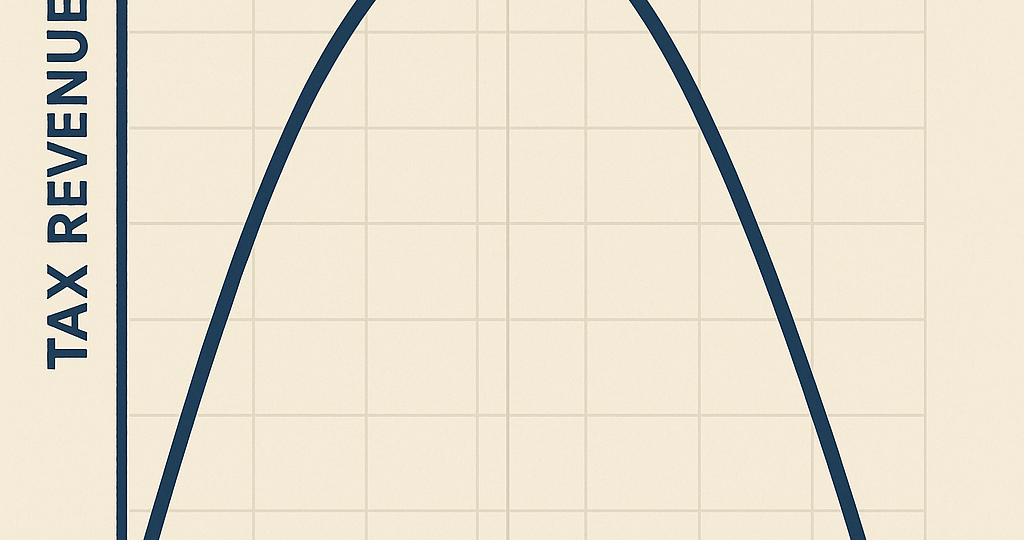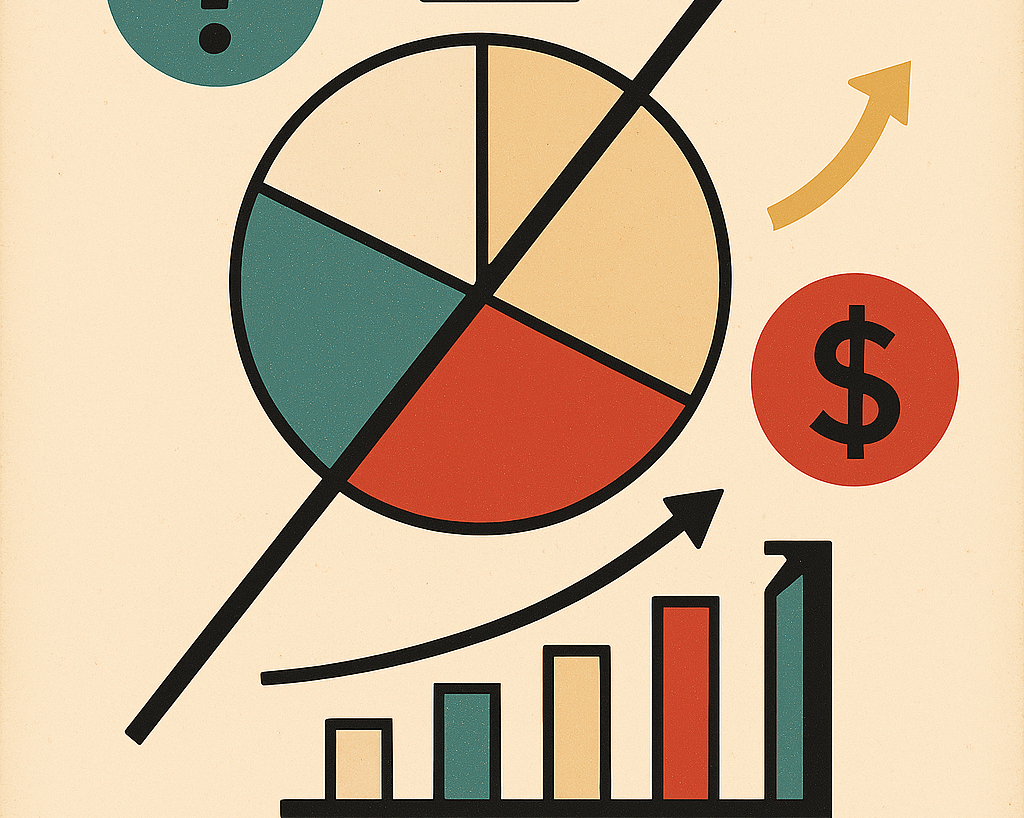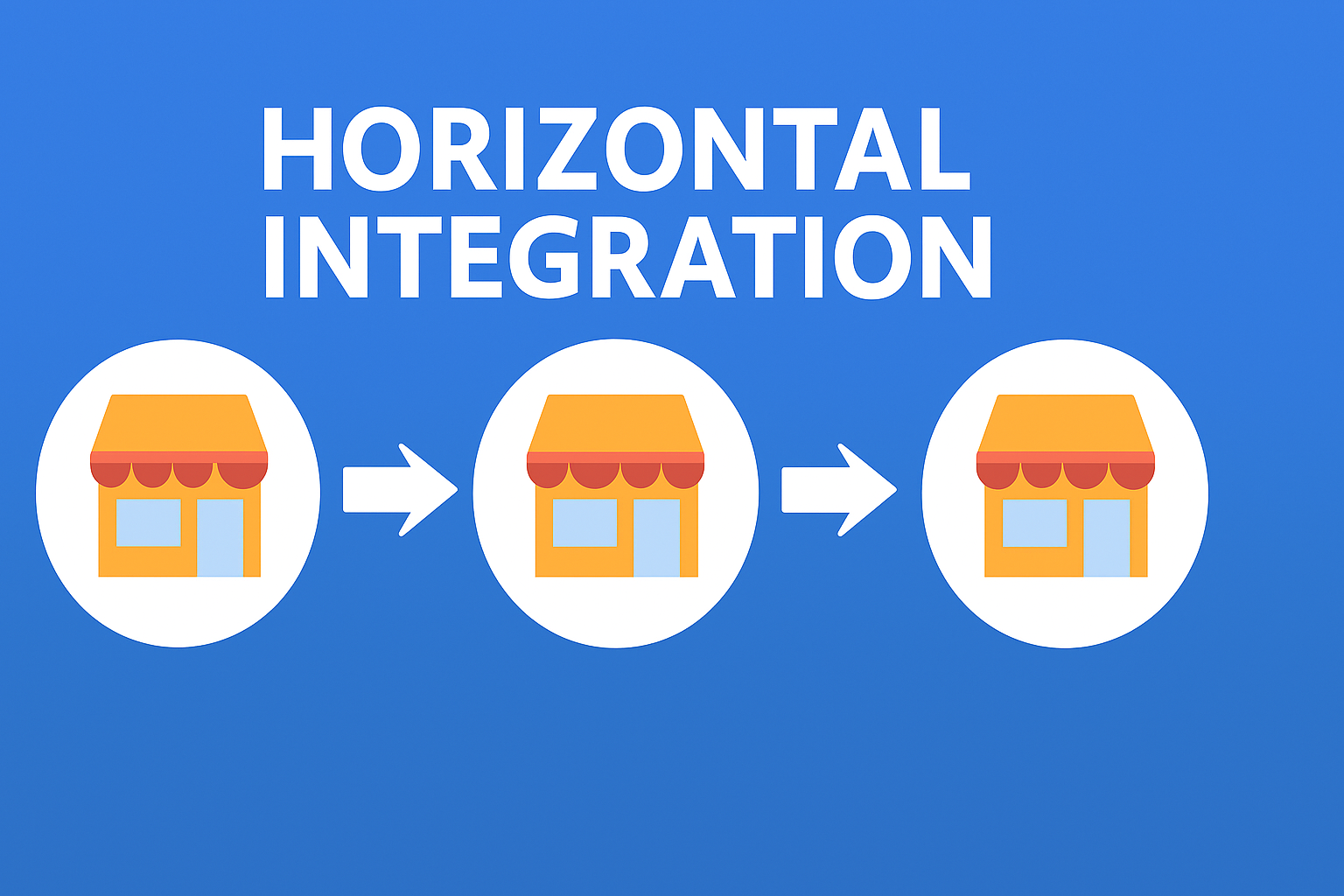
At first glance, it seems obvious: raise taxes, and the government collects more money. But what if taxes get too high — so high that people stop working as much, or find ways to avoid paying altogether? This is the idea behind the Laffer Curve, a concept in economics that suggests there’s a sweet spot for tax rates — and going beyond it can actually reduce government revenue.
The curve was popularized by economist Arthur Laffer in the 1970s. According to the story, he first explained it on a napkin during a dinner with politicians, including Dick Cheney and Donald Rumsfeld. Laffer argued that a 0% tax rate obviously brings in no money — but so would a 100% tax rate, because no one would bother working if the government took everything. Somewhere between those extremes lies an optimal tax rate that maximizes revenue without discouraging productivity.
The Laffer Curve is more of a theory than a precise formula — economists debate where that “optimal” point actually is. Some use it to argue for lower tax rates, especially on high earners or businesses, claiming that this can actually boost economic activity and result in higher total tax revenue. Critics say it’s sometimes used to justify tax cuts that don’t actually pay for themselves. But either way, the idea has had a lasting impact on tax policy debates around the world.
For regular people, the takeaway is simple: incentives matter. If taxes are too burdensome, people change their behavior — they might work less, relocate, or find loopholes. The Laffer Curve reminds us that governments can’t just raise taxes endlessly and expect better results — sometimes, doing less can bring in more.
RELATED POSTS
View all


